Customer Services
Copyright © 2025 Desertcart Holdings Limited
Desert Online General Trading LLC
Dubai, United Arab Emirates
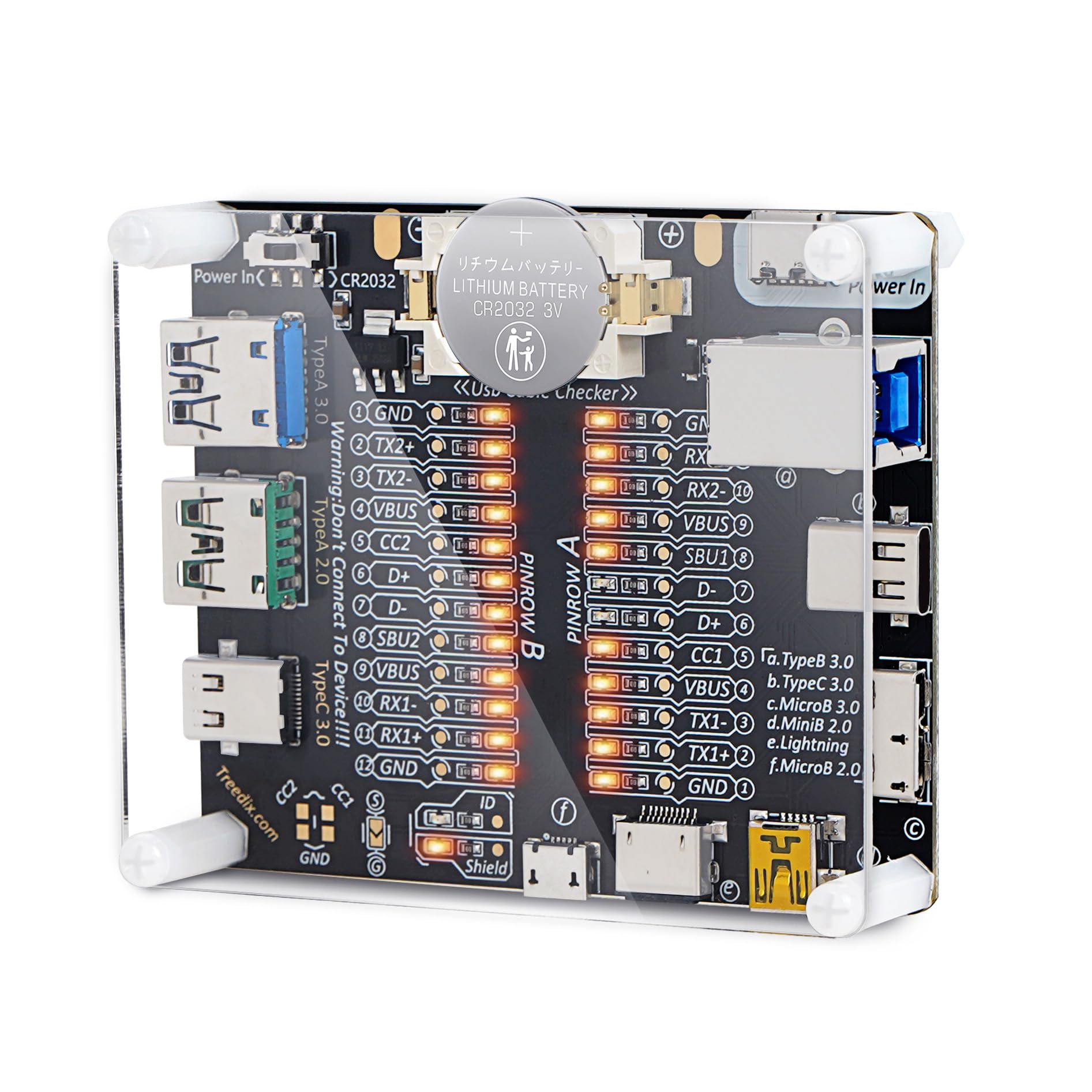

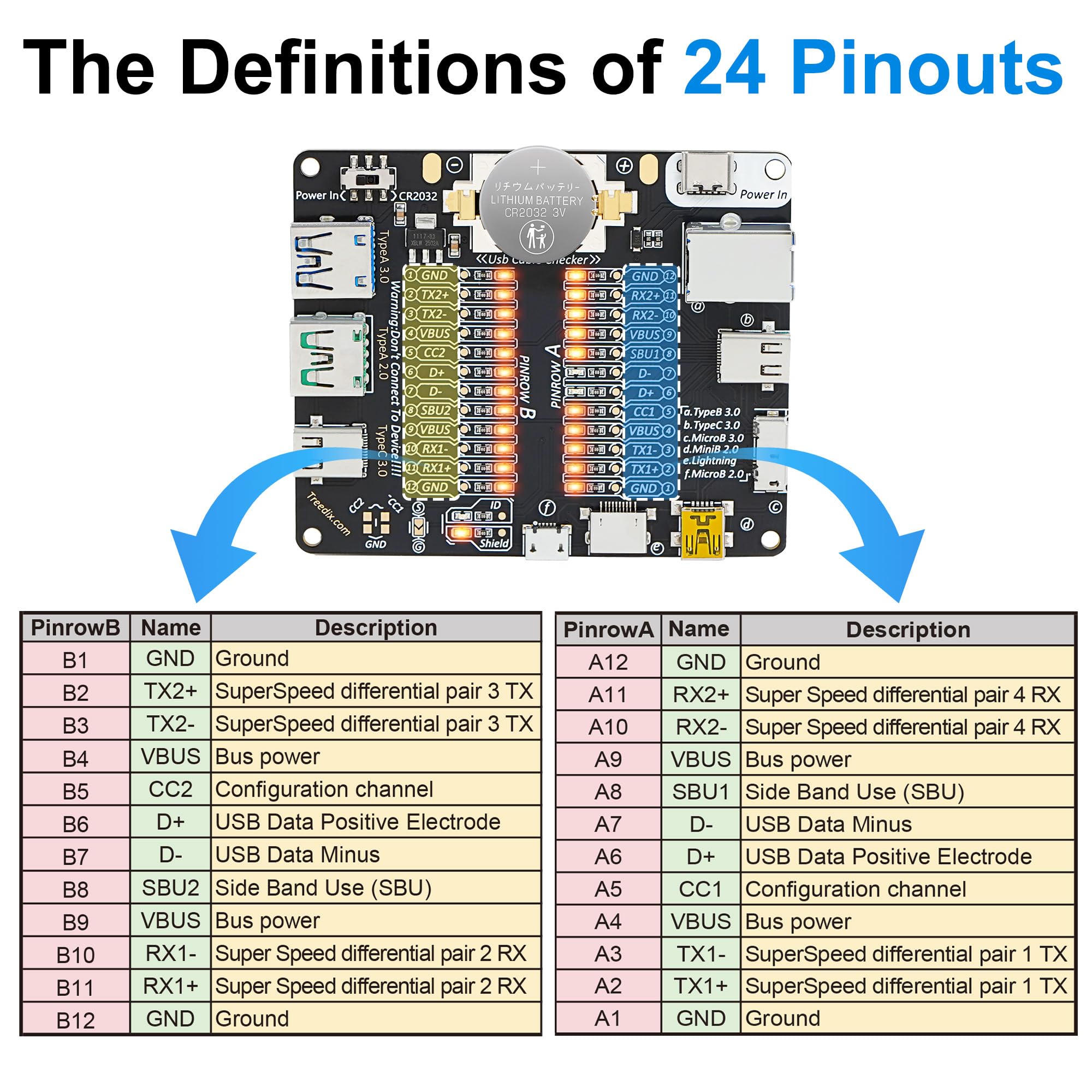
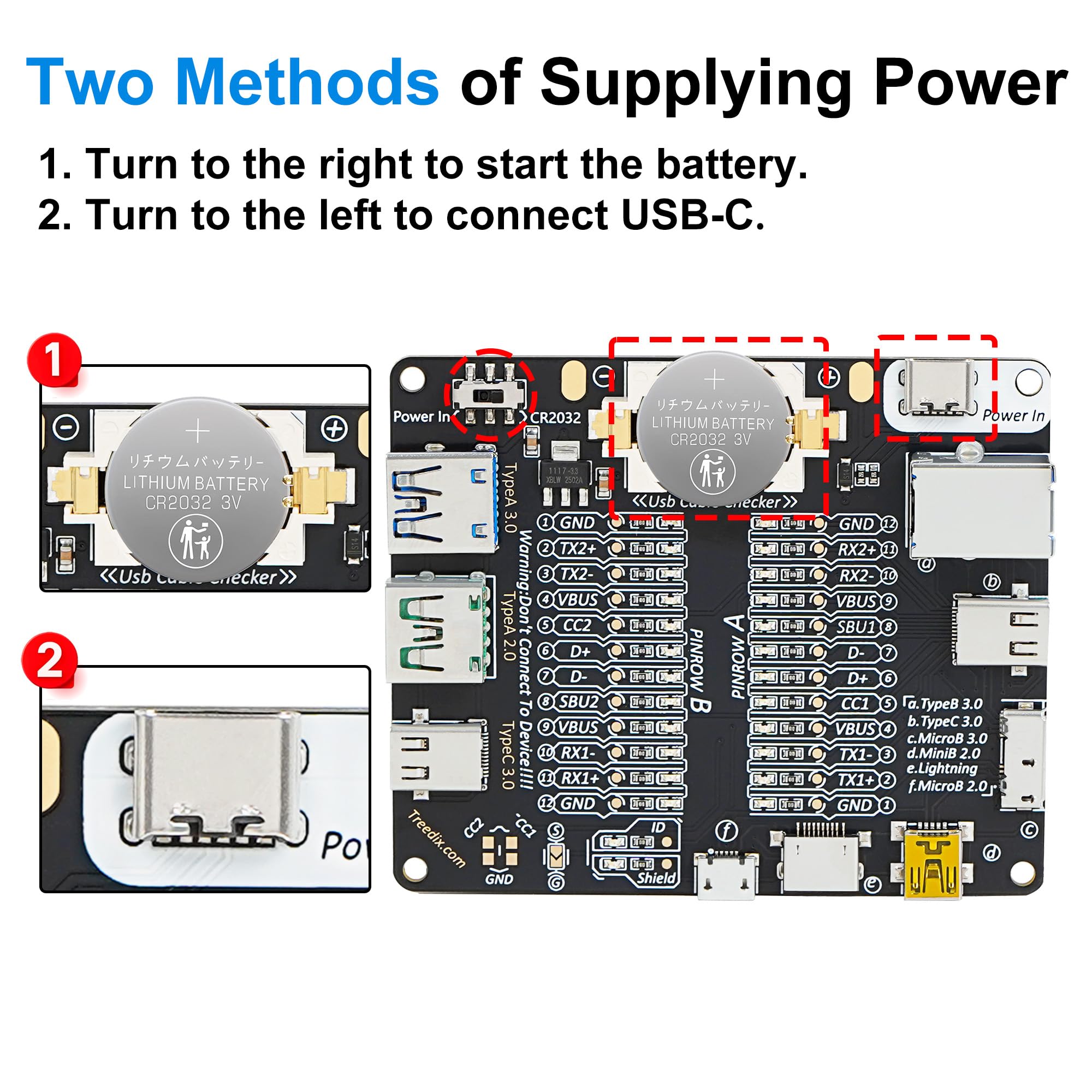
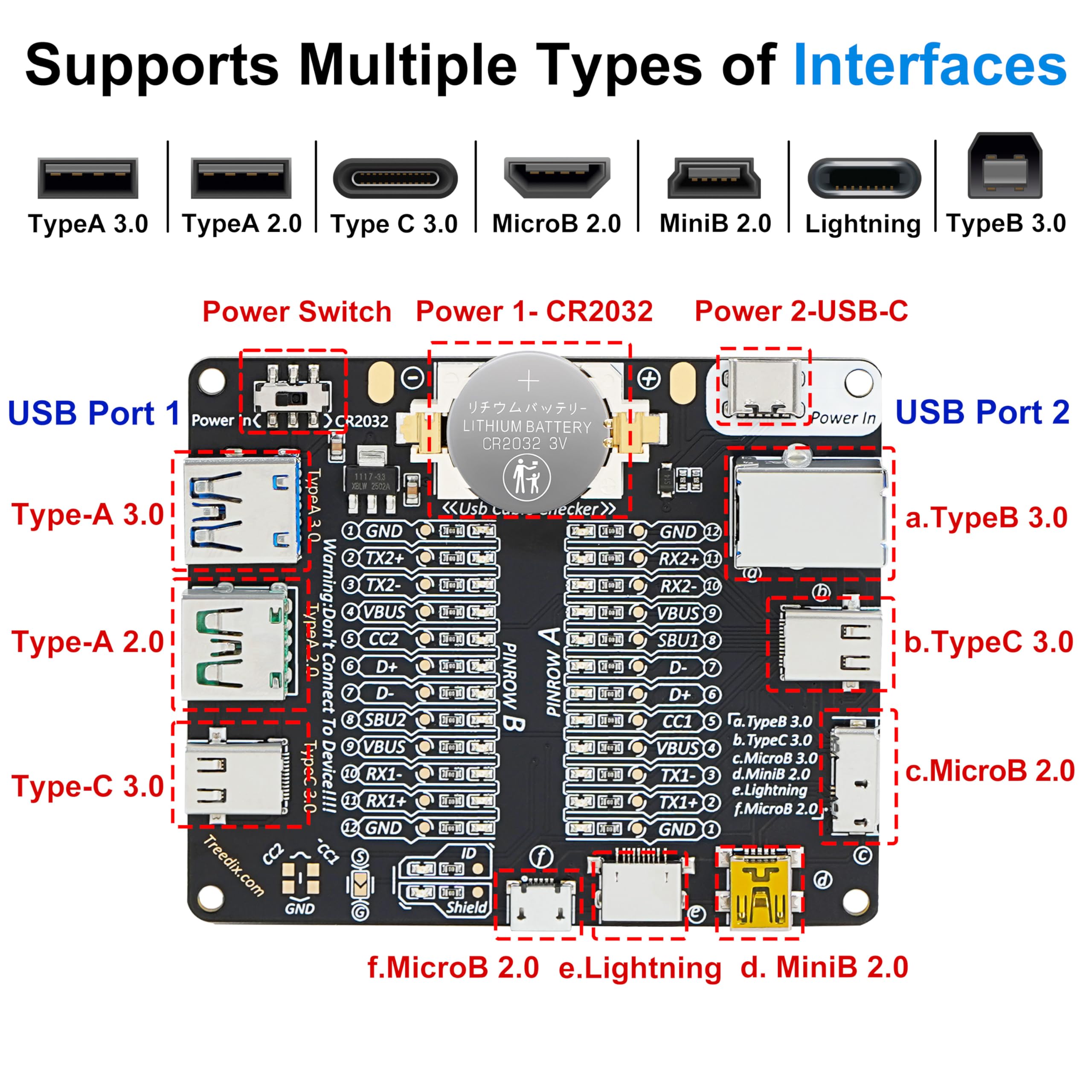
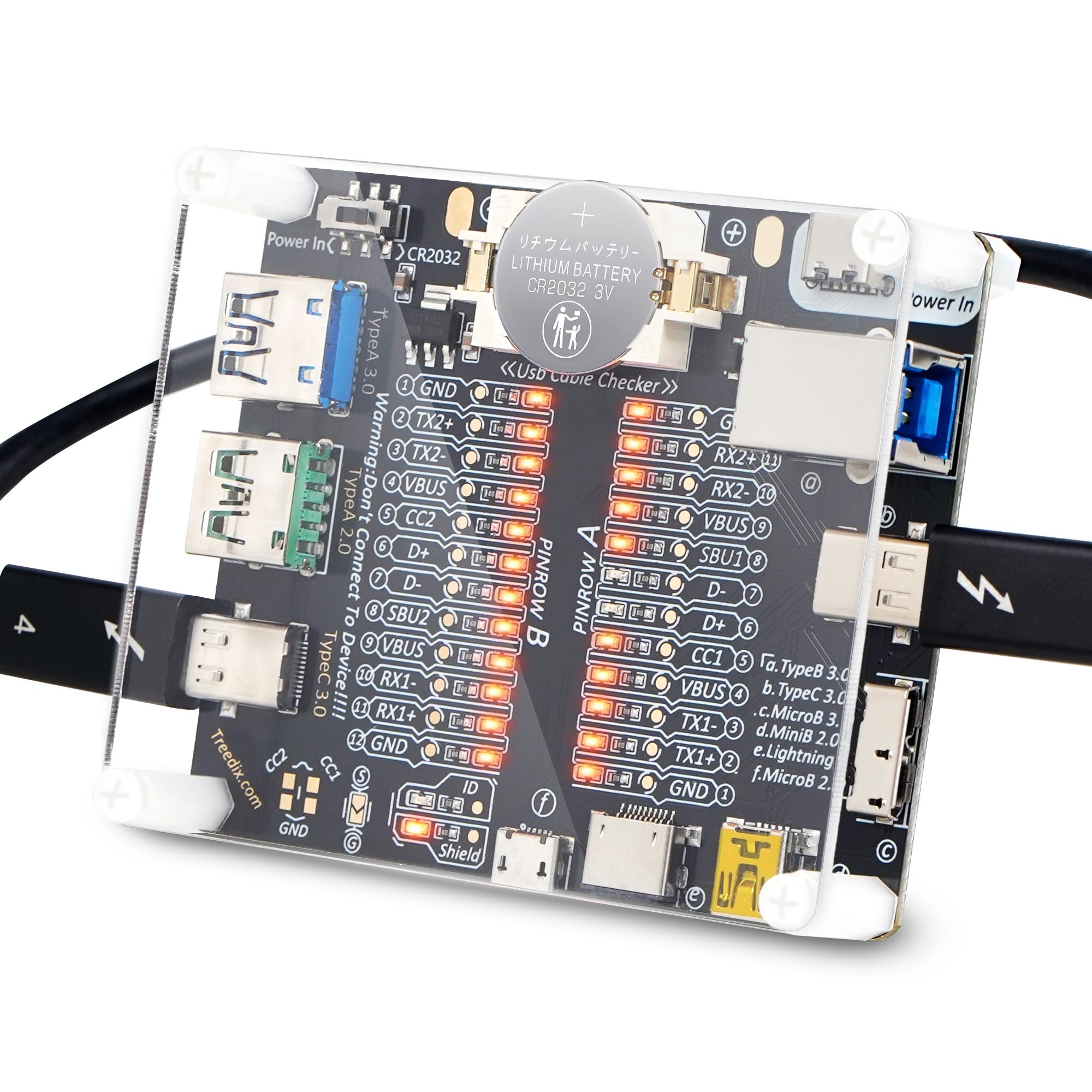
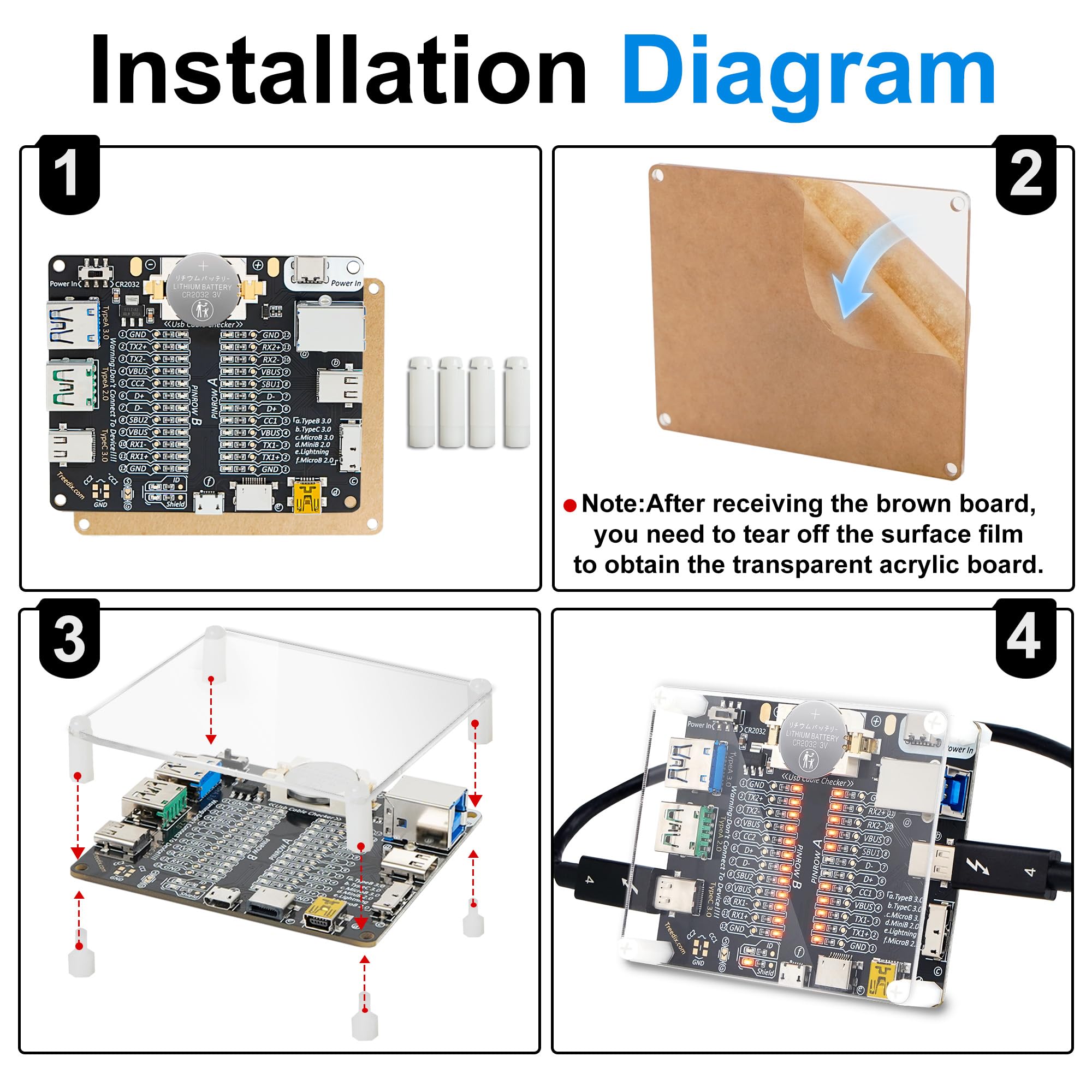
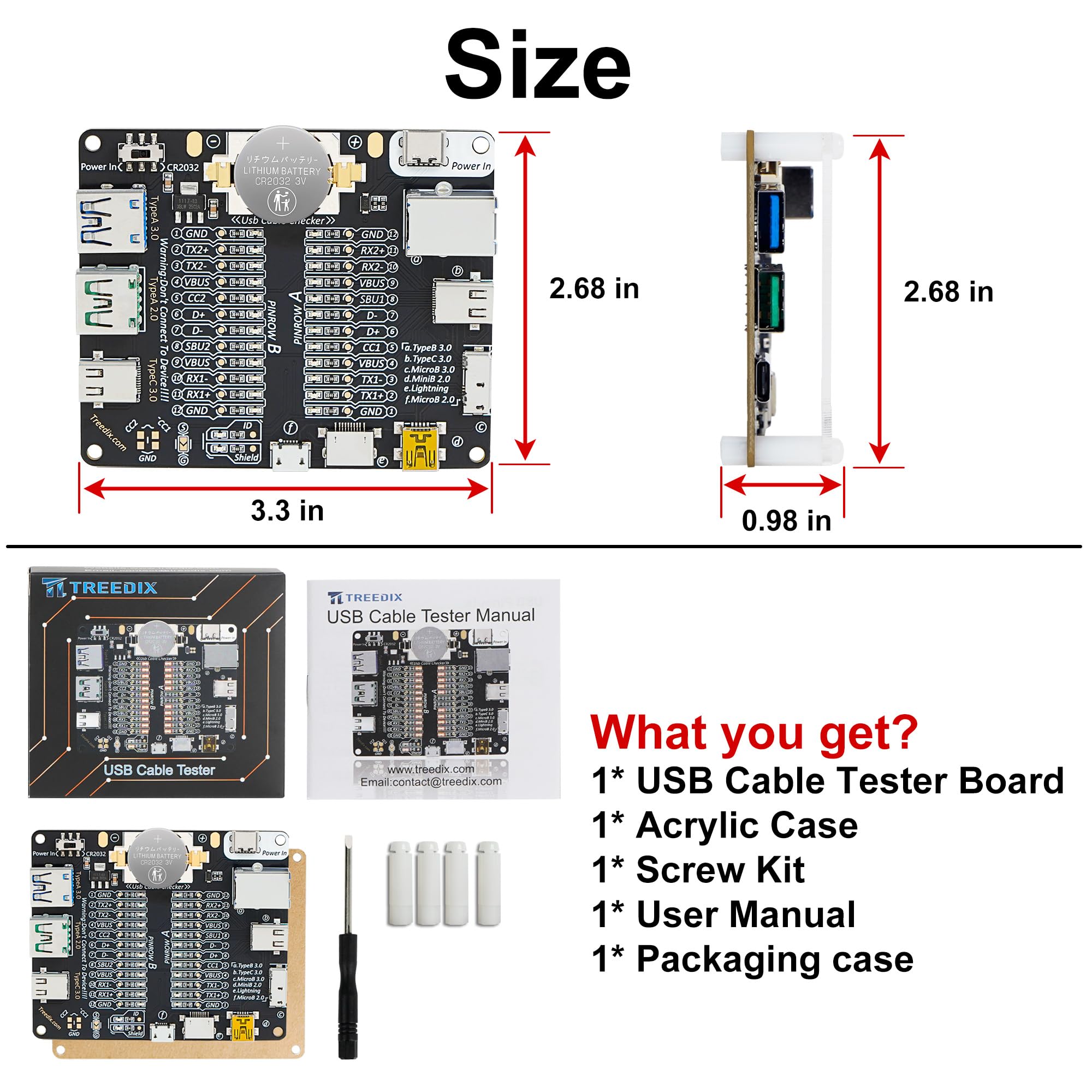
🔍 Test Smarter, Charge Faster — Never Get Caught with a Faulty Cable Again!
The Treedix USB Cable Tester is a versatile diagnostic tool designed for professionals and tech enthusiasts. It supports a wide range of USB cable types including Type-C, Type-A, Type-B, Micro, Mini, and Lightning. Featuring 24 LED indicators for precise pin-level testing, dual power options (CR2032 battery or 3-12V external supply), and a durable acrylic case, it ensures reliable, on-the-go cable verification to prevent data transfer issues and charging failures.
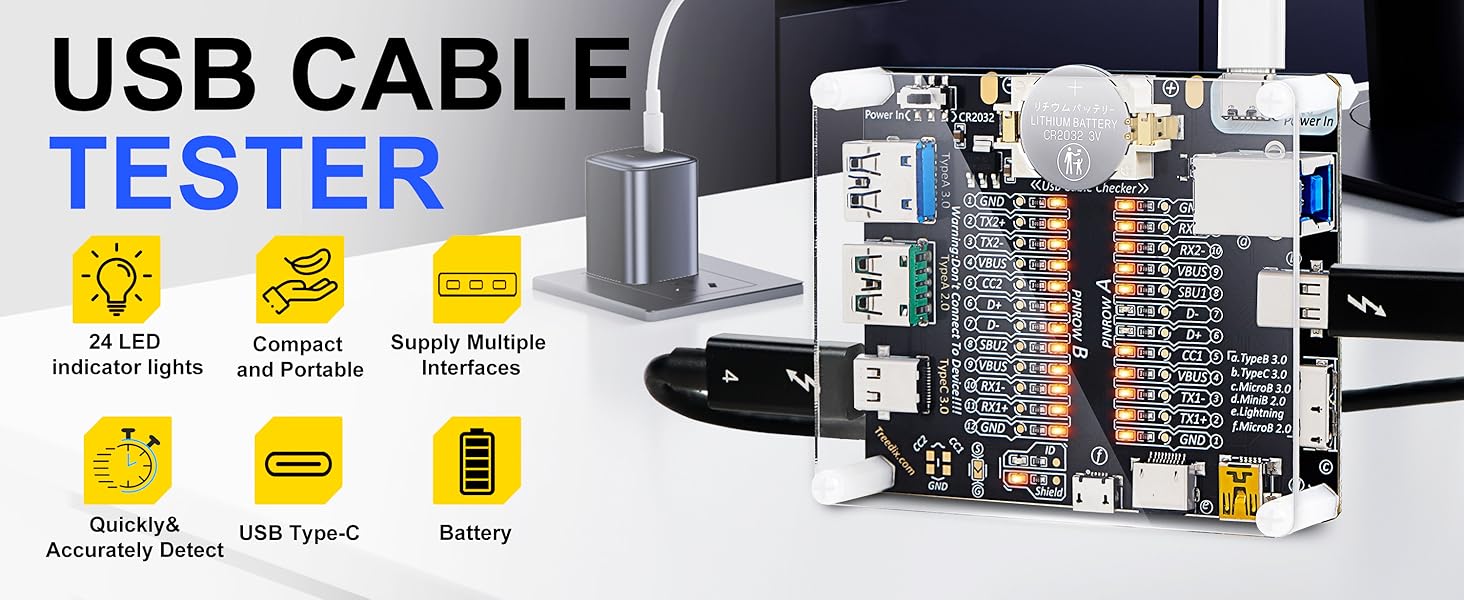
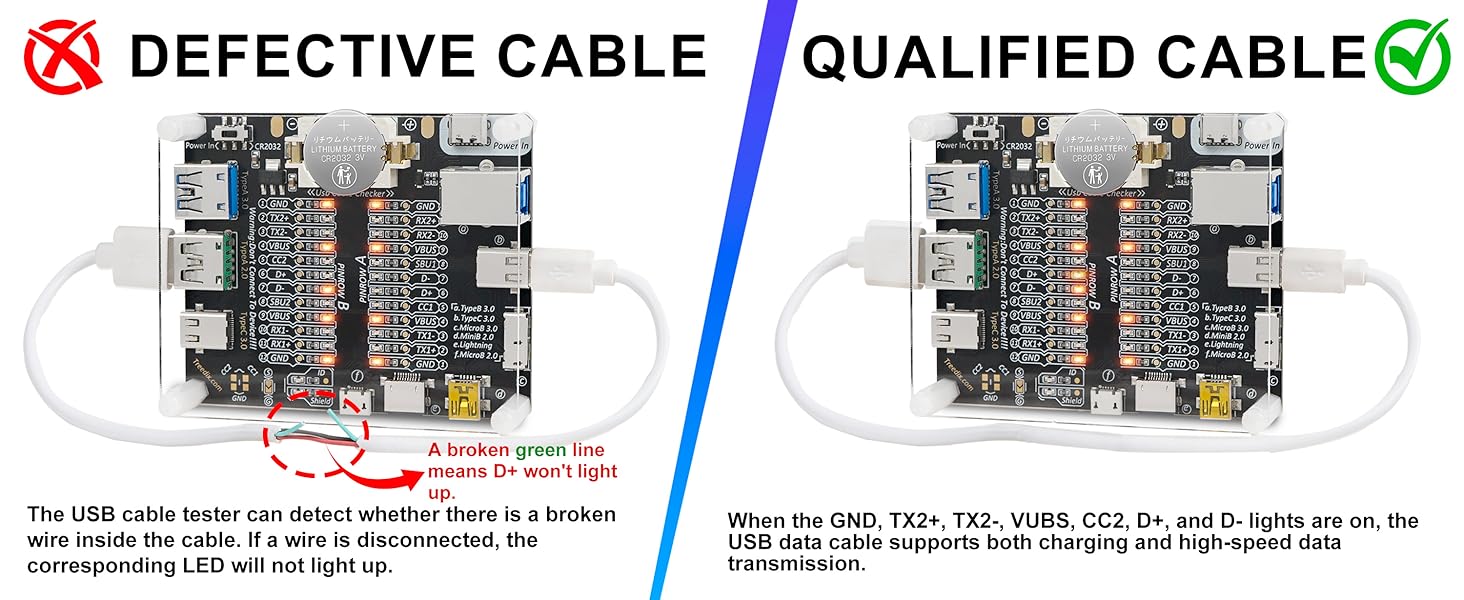
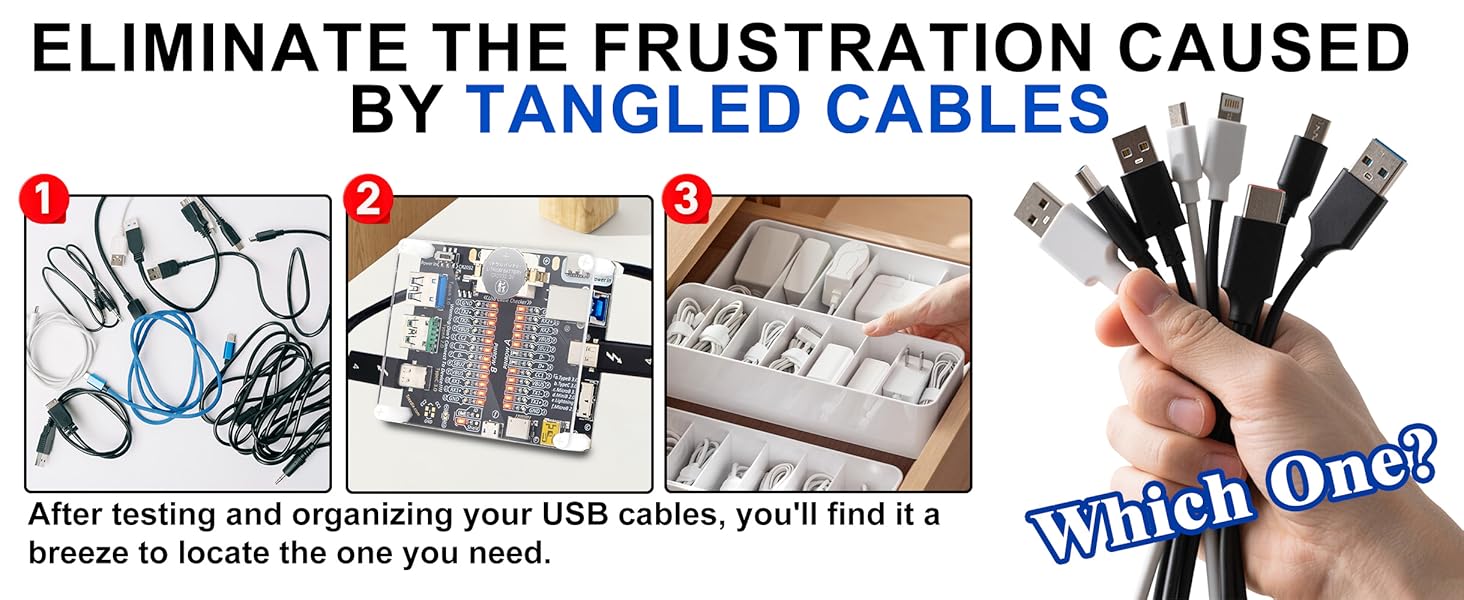
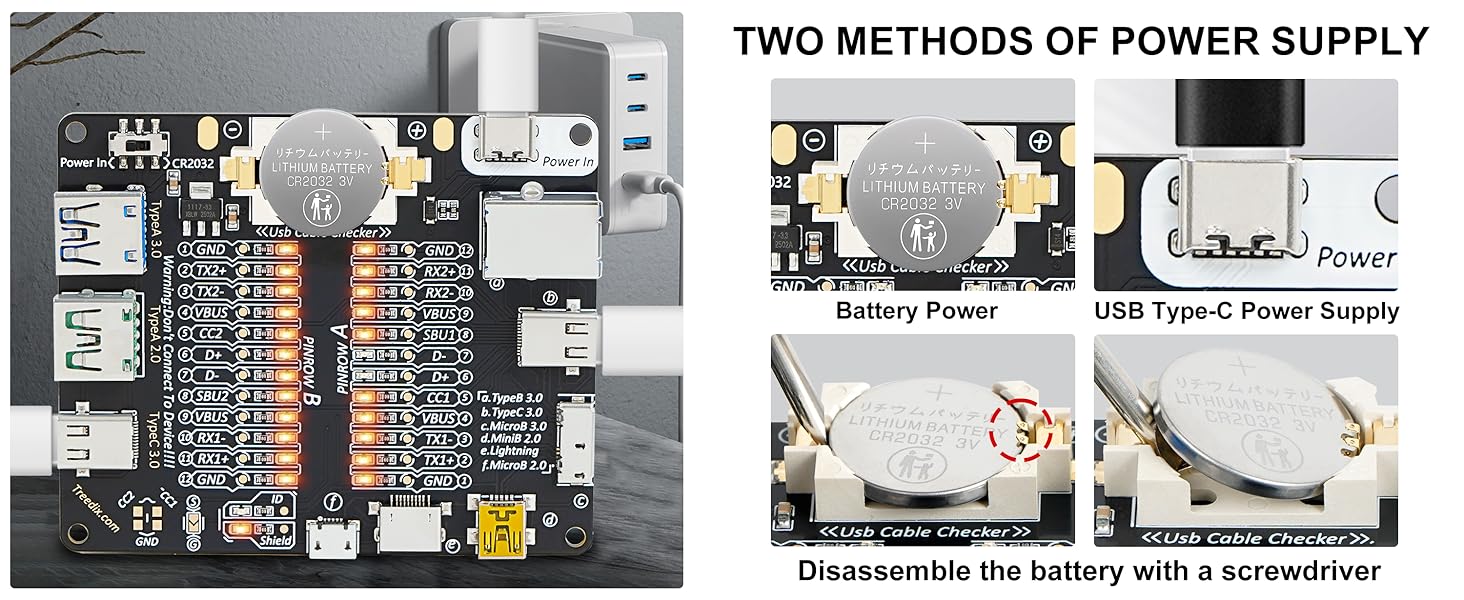
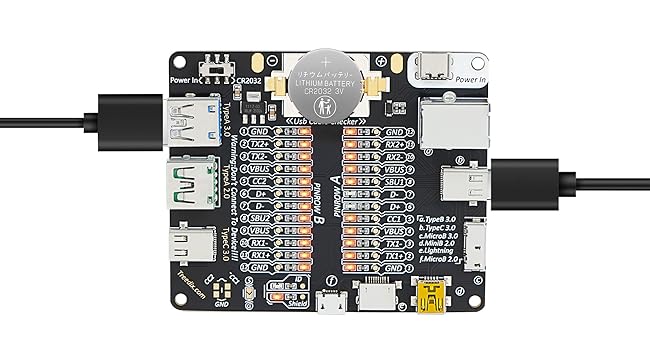
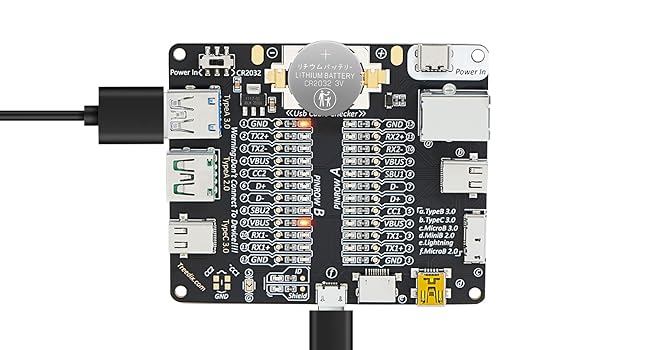
Trustpilot
4 days ago
1 week ago